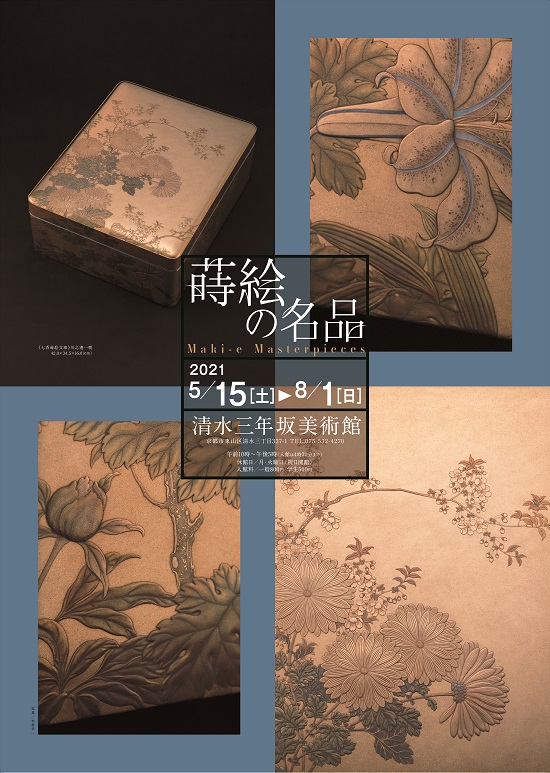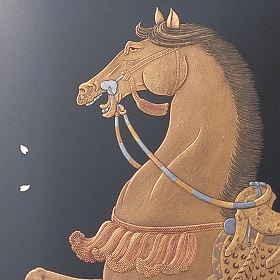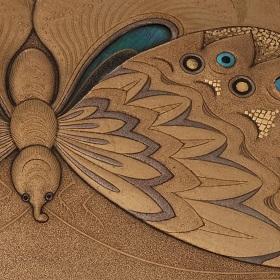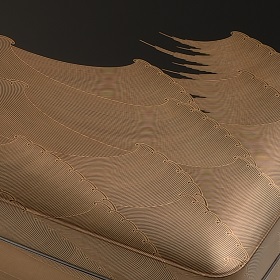
Maki-e Masterpieces
Lacquer is sap drawn from the lacquer tree, and it has been valued since ancient times for its properties as both a natural adhesive and paint. Maki-e is a lacquerware decorative method unique to Japan. The maki-e technique of drawing a design in lacquer and sprinkling powdered gold and silver or colored powders over it to affix them was established in the Heian period, while production of metal powders advanced and became increasingly complex during the Kamakura period.
The history of Japan’s exports of lacquerware goods is a long one, with exports to China from the 14th century, and from the 15th century, Jesuit missionaries sending maki-e religious implements home, which led to their being positively appraised in Europe. Later, the French queen Marie Antoinette (1755-1793) was charmed by a small, quite lovely maki-e box and went on to collect them, which in turn led to a general appreciation for such items by European nobility.
Domestically, maki-e artisans in the employ of the Bakufu feudal government from the Muromachi period forward executed gorgeous maki-e designs for the imperial family and nobles, and in the Edo period merchants employed their economic might to commission various kinds of maki-e designs. By the time of the coming end of the feudal period, maki-e technology had reached a highly sophisticated level, but the dissolution of the feudal system brought a radical change to the lives of those who had supplied the bulk of the maki-e orders, and accordingly resulted in a sharp decrease in demand.
Maki-e artisans found their way forward in the field of exports to the West positively promoted by the new government’s promotion of native industry policies. Maki-e had long before made its way to Europe, and entries at international expositions had immediately met with high praise. And in 1890 (Meiji 23) the Imperial Household Artist award system was established to encourage the preservation and continued production of native artistic crafts, and various maki-e artisans included in their number as well as others who gained recognition through domestic expositions and other competitions produced numerous superior articles for the Imperial Household.
The Kiyomizu Sannenzaka Museum has long collected articles produced for the Imperial Household both as gifts and for export, focusing especially on those produced from the end of the Edo period through that of Taisho. From among those, approximately fifty particularly distinguished items have been chosen for display at this time. We hope you enjoy this dazzling display whose brightness reaches out to us across a broad swath of time.
 2026-01-03 / 2021-05-10
2026-01-03 / 2021-05-10 

